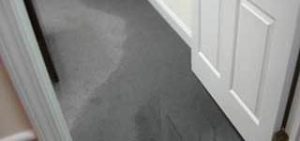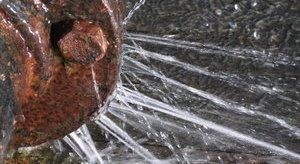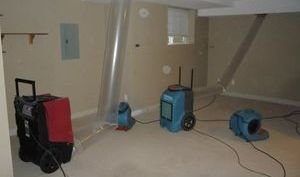The Most Common Mistakes that lead to mold damage
Mold is one of the oldest and most ubiquitous lifeforms on earth. Mold has been found in every corner of the planet, even in Antarctica. It can reproduce easily, and it has the capacity to stay dormant for extended periods of time until favorable conditions reemerge.
Essentially, there is no stopping mold at all. It was here before humans ever graced the earth, and it will be here long after we depart it too.
Currently some of the earliest specimens of mold are in the form of microscopic filaments attached to fossilized plant matter, or even mushrooms entombed in hardened amber.
The extreme nature of mold means that it will take advantage of any opportunity to grow, and that includes in your home after some common mistakes.
Some of the more common mistakes that people make with mold can easily be avoided with a bit of diligence and some education on prevention.
Spills Must Be Dried
People regularly spill things in the home, from the kids and their sippy cups to the adults with one too many beers, accidents happen all the time, and that’s okay.
 But, when they happen, they must be taken care of immediately, else you run the risk of a floating mold spore landing on the dampened surface and begin to germinating to the point of colonization.
But, when they happen, they must be taken care of immediately, else you run the risk of a floating mold spore landing on the dampened surface and begin to germinating to the point of colonization.
One of the most effective methods for reducing the chances of this is to wipe up a spill as soon as it happens.
Even if it’s a small amount of water, it can be enough to give mold the footing that it needs to begin rapid growth.
One drop is all it takes to begin a mold colony, and many species of mold have the ability to thrive with not much more than the humidity in the air alone.
So make sure that you clean up any spills as soon as they happen to avoid a mold contamination in your lovely home or office location and keep safe.
Fix The Leaks
Many times, people’s homes can be infested with mold growth without them even knowing about it until they develop allergies from regular exposure.
 One of the ways that this is possible is because some areas of the home, such as under sinks, around tubs and toilets, and even at spigot sites have potential leak problems that seldom get addressed.
One of the ways that this is possible is because some areas of the home, such as under sinks, around tubs and toilets, and even at spigot sites have potential leak problems that seldom get addressed.
That small pooling of water near your faucets after you brush your teeth may be a sign of a larger problem under the sink that you didn’t even notice.
Even the smallest amount of pooling water can have a profound capacity to allow for mold growth, and under sinks is one of the more common areas to find growths.
One of the best ways to eliminate this situation is to maintain your faucets, spigots, and fittings on tubs and toilets. Even a small gap in a rubber grommet can lead to pooling of water near the faucets and mold spores love bathrooms.
If you aren’t going to go the distance and replace these fittings, then your second best bet is to wipe down any area that has a regular pooling issue.
Avoid Accumulated Humidity
Many times mold growth begin in areas that don’t even have a water line running through them. This can happen in basements or subterranean rooms that have ventilation issues. A properly aerated space is a surefire way to avoid mold growth, but there are times when this isn’t always possible such as in windowless or unventilated rooms.
 If you have a humid room, and you can open a window, do so to let in some fresh air. This will undoubtedly also bring in some airborne mold spores as well, but your chances of preventing a growth from those that are already present in the room far outweigh those of a new arrival starting a colony in a humid room.
If you have a humid room, and you can open a window, do so to let in some fresh air. This will undoubtedly also bring in some airborne mold spores as well, but your chances of preventing a growth from those that are already present in the room far outweigh those of a new arrival starting a colony in a humid room.
If ventilation isn’t a readily available option, then make sure to keep porous materials out of the room as much as possible, as these are primed surfaces for mold growth once they reach a certain humidity level.
If all else fails, you can always use a dehumidifier to eliminate the excess buildup of moisture in the air. A dehumidifier will need to be emptied regularly, but they do a fantastic job of extracting any residual molecules of water from the air.
The forces of mold are extraordinary and given the right amount of time and conditions, mold colonies can absolutely devastate the structural components of any building.
Think of a piece of fruit and how quickly it degrades once mold starts to form on it. Then imagine your home’s 2×4’s as less tasty versions of fruit (mold loves wood just as much as the strawberries you left in the fridge for three weeks) and you will be able to easily understand how destructive mold can be on these materials.
Don’t let mold take over your life, mop up spills immediately and don’t let leaks persist or humidity to accumulate and you will live a long, happy, and mold free life.




Leave a Reply